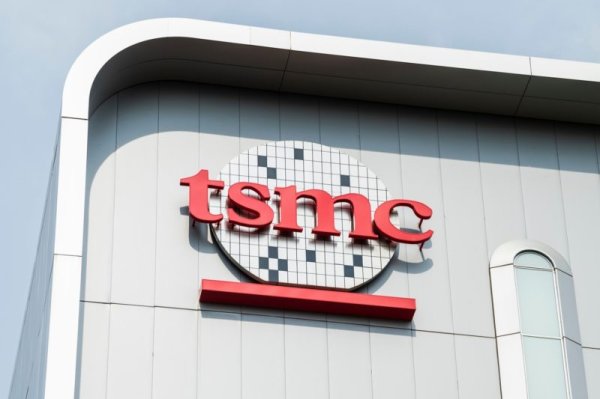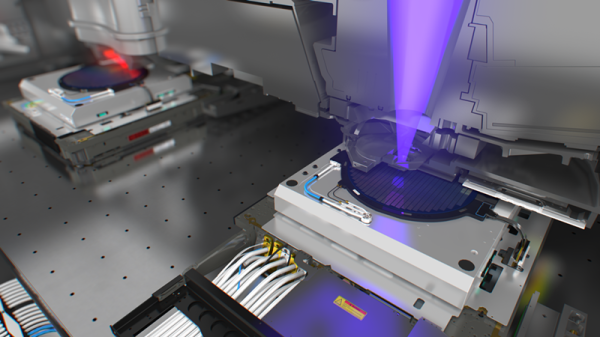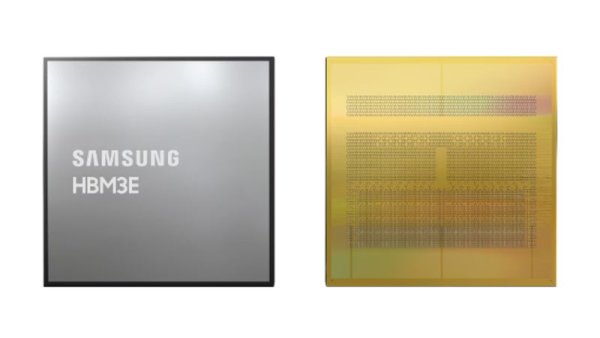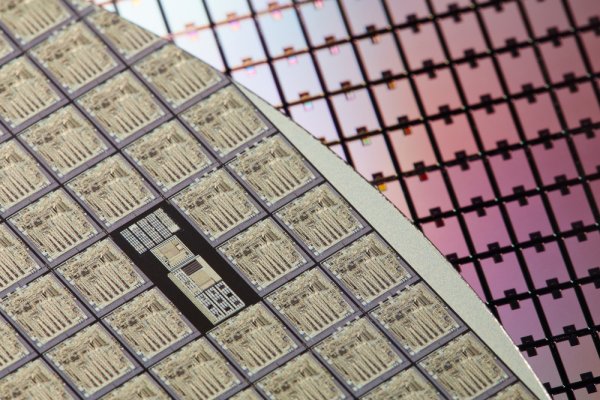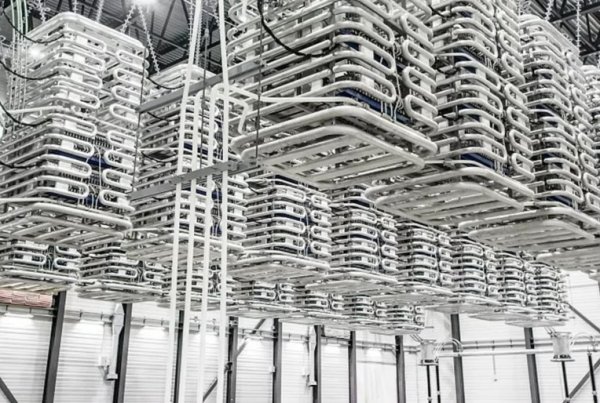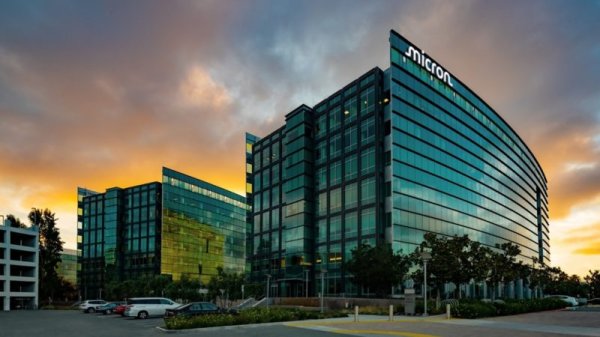UBS Guide Yaco s stock price has reflected the memory bullishness and downgraded its investment rating to neutral
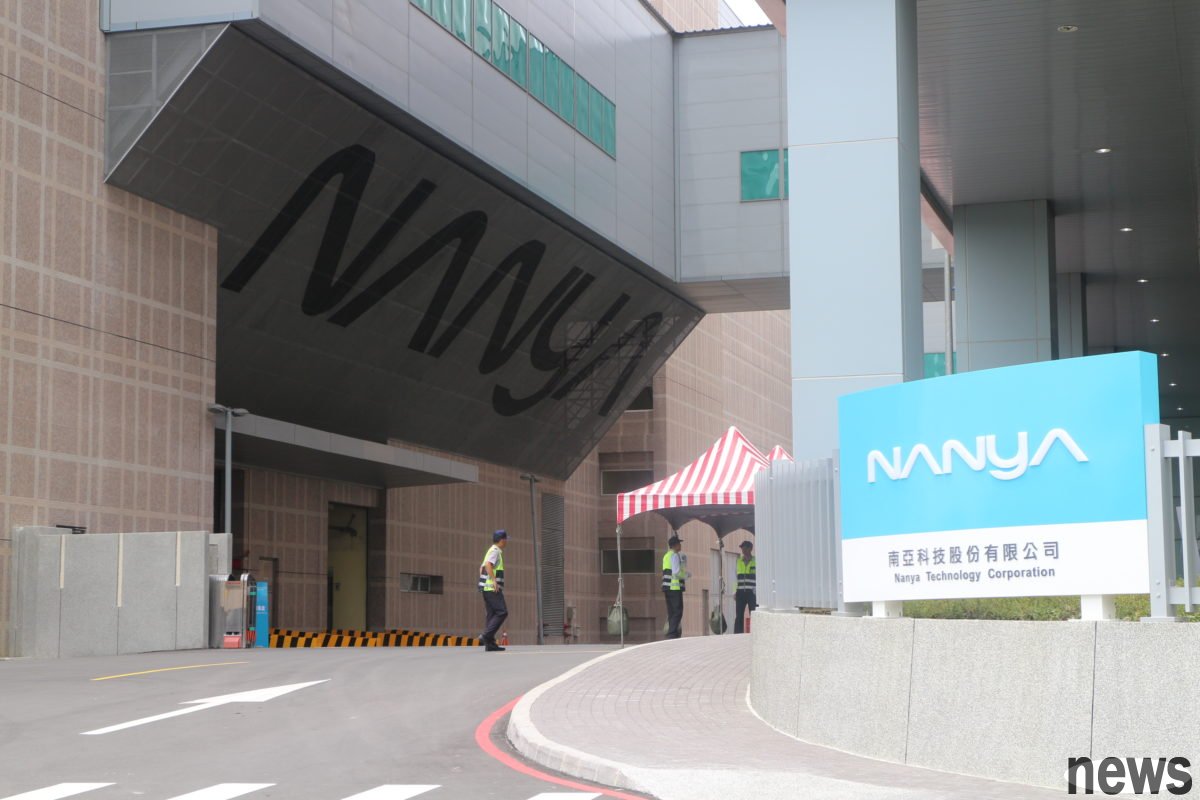
The recent rise in memory prices caused by market shortages has given domestic memory stocks the opportunity to skyrocket in stock prices. Within a year, Nanya's stock price rose from a low of NT$24.7 per share to the closing price of NT$146.5 on the previous trading day. The stock price increased several times and became one of the focuses of investors on the market. However, the market appears to be worried about overdoing this hot pursuit. Therefore, some foreign investors downgraded their investment ratings in the latest research reports.
According to UBS's latest research report, Nanya Technology's stock price has fully digested the benefits of the DRAM industry's upward cycle after its recent strong performance, and has lowered its investment rating from "buy" to "neutral". However, Nanya still raised its target price significantly from NT$110 per share to NT$140.
The report pointed out that the downgrade of the rating was not due to the deterioration of industry fundamentals, but because the valuation had reached a high point. Key considerations include the fact that Nanya's share price has soared 382% in 2025 as of the date of the report, and is up 65% in the past four weeks alone. Additionally, Nanya currently trades at a price-to-book value ratio of 2.17x estimated 2026 net worth, which is well above its 10-year average P/BV of 1.21x and even plus one standard deviation above its ten-year average.
In addition, the report also believes that the current stock price to net value ratio of 2.17 times has discounted a long-term return on equity of 17.4%. Since this number is almost in line with UBS's estimate of Nanya's long-term return on equity of 17.7%, it represents a saturated valuation for Nanya.
However, although UBS downgraded Nanya's rating, UBS still highly affirmed Nanya's mid- to long-term industrial status and profit expectations and made a substantial upgrade. Among them, in the part where profit expectations have been significantly increased, due to the latest contract price assumptions, UBS raised Nanya's EPS expectations for 2026 and 2027 by 8% and 45% respectively. On an adjusted basis, UBS's 2026 and 2027 EPS forecasts are 35% and 55% higher than the Bloomberg consensus.
UBS also emphasized that the DRAM industry is entering a potential severe shortage period, mainly due to strong HBM demand and the traditional server replacement cycle. Due to strong demand for DDR5 and short supply, the three major DRAM manufacturers must prioritize meeting the needs of large customers, thereby limiting DDR4 production capacity. This is extremely beneficial to Nanya, which uses DDR4 as its main product line. Moreover, UBS expects the supply shortage of DDR to continue until the fourth quarter of 2026.
Finally, industry surveys show that DRAM suppliers have a clear bargaining advantage. UBS expects DDR composite contract prices to increase 21% in the fourth quarter of 2025 from the previous quarter, up from the 17% previously expected, and expects positive single-quarter contract price momentum to continue into the fourth quarter of 2026. Therefore, based on the above factors to reflect its optimistic expectations for Nanya Technology's long-term profitability, UBS raised the key assumptions of the valuation model, resulting in a higher target price of 140 yuan per share.




